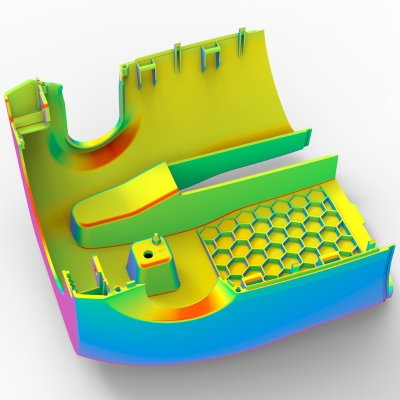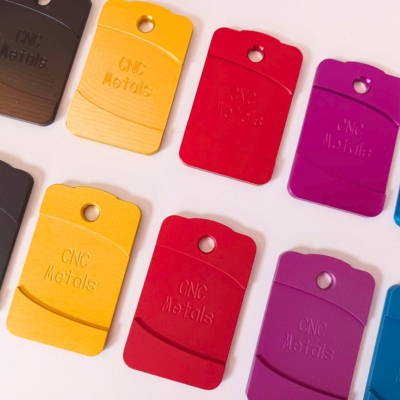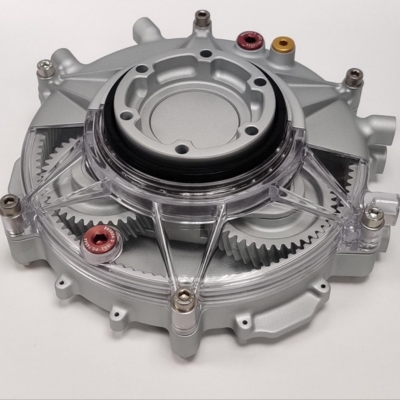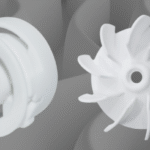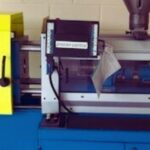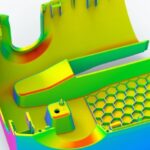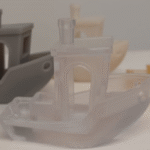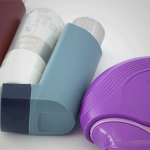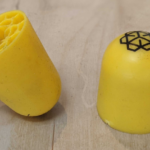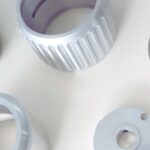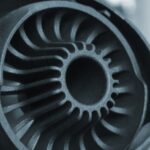- Home
- 3D Printing
- How to add threads to SLS 3D printed parts
How to add threads to SLS 3D printed parts
Adding threads to SLS 3D printed parts is a critical consideration when moving from concept models to functional prototypes or production-ready components. The method you choose – whether tapping, inserts, or printed threads – directly impacts part performance, longevity, and assembly ease. By understanding the strengths and limitations of each approach, you can ensure your parts deliver the durability and usability required for real-world applications.
Technical rundown
- Tap after print
You can tap internal threads into SLS parts using your CAD-designed holes or post-print drilling. SLS parts printed in Matrix PA12 CR are strong enough for this, offering high strength, stiffness and long-term dimensional stability. - Use threaded inserts
For repeated assembly or load-bearing situations, brass or helicoil inserts are best. We can fit threaded inserts into SLS parts as part of secondary assembly operations. - Printed threads
Modelling threads directly in SLS is possible but often unreliable for fine features due to resolution limitations. Reserve this for low stakes prototyping rather than functional use. - Design tips
Ensure ample wall thickness – extra material around holes helps prevent cracking during tapping. Whenever possible, orient parts to minimise unsupported overhangs for stronger thread integrity. - Post-processing impact
Finishes like lacquering, dyeing, bead-blasting or RFI/EMC treatments can change friction or clearances internally. We offer these finishing options and also blackouts for functional parts. Always check how your post-processing might affect threaded features.
Why this matters for functional parts
- Robustness: Inserts dramatically improve wear resistance and longevity compared to plastic threads.
- Reusability: Printed threads fail quickly under repeated use. Inserts preserve service life.
- Speed vs function: Tapping is quick and effective for moderate loads. Inserts deliver reliability for functional assemblies. Printed threads are for rapid mock-ups only.
Our in-house SLS capabilities
Material: Our SLS parts are produced in Matrix PA12 CR, a high-performance nylon powder with excellent strength, stiffness and abrasion resistance. It offers long-term stability, is biocompatible and approved for food contact. Compared to PA 2200, it delivers the same functional performance while reducing the CO₂e footprint by around 45%.
Machines & size: We run EOS Formiga P1 with build volumes including 220 × 250 × 330 mm.
Finishing & assembly: After printing and cleaning, we offer lacquer sealing, dyeing, vapour smoothing, bead-blasting, blackout/RFI coatings and assembly actions including insertion of threaded inserts.
Ready to get started?
Get an instant quote for SLS, SLA and DLP 3D printed parts using Matrix. For all other requirements, please click here to request a quote.

